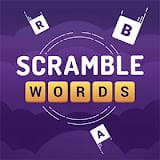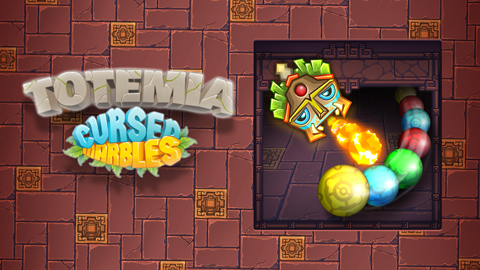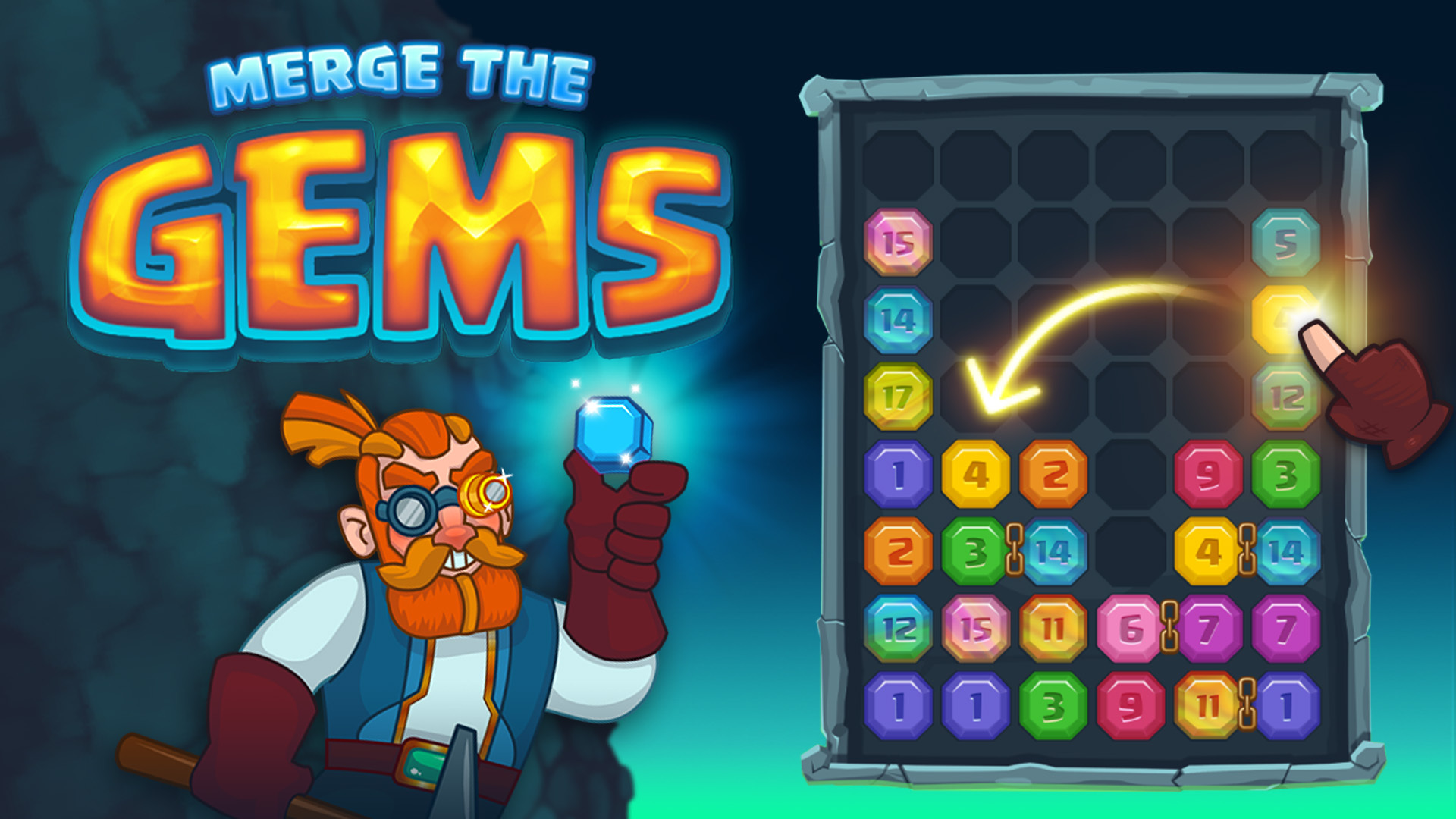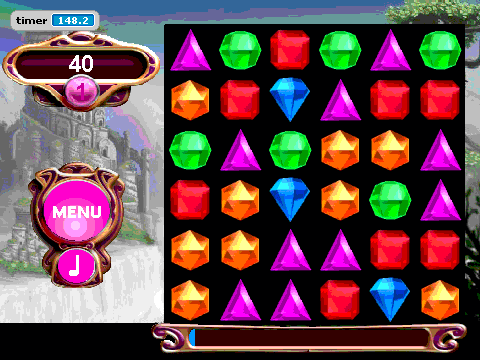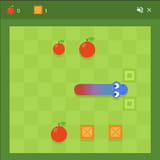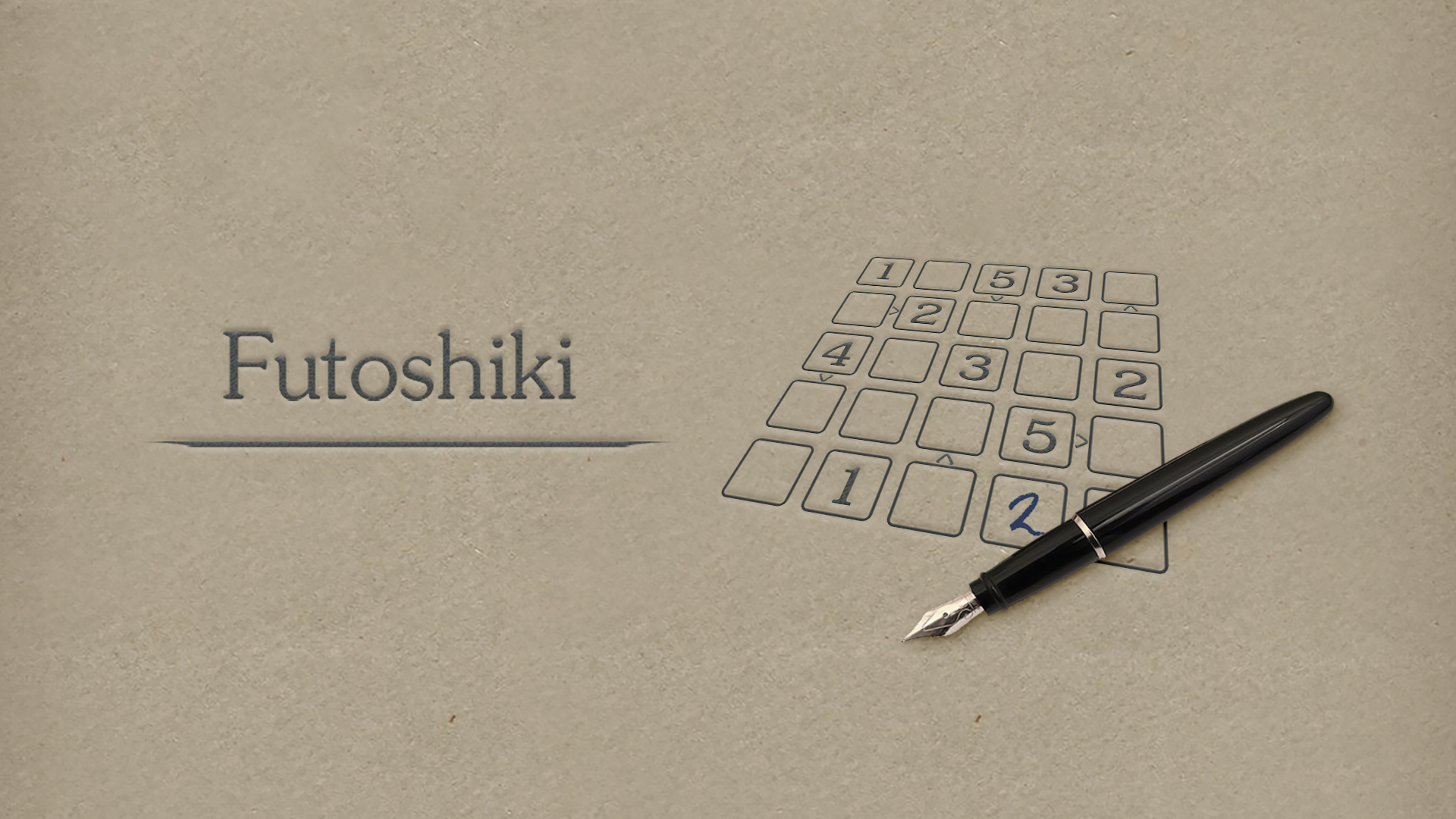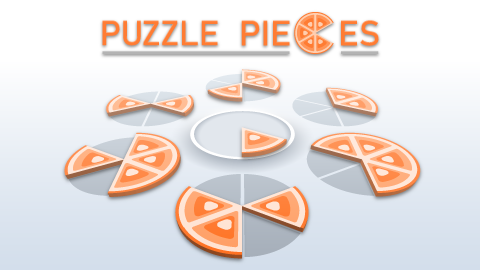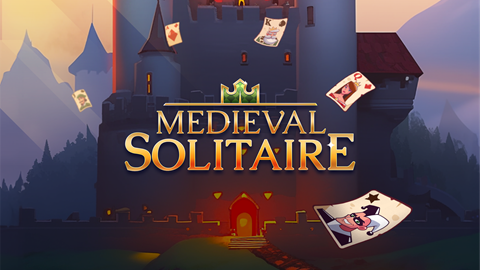► Popular Games
About Chess
home > Chess
Game Introduction
Chess is a two-player strategy board game played on an 8x8 grid called a chessboard. Each player begins with 16 pieces: one king, one queen, two rooks, two knights, two bishops, and eight pawns. The objective of the game is to checkmate the opponent’s king. A checkmate happens when the king is in a position to be captured (in “check”) and there is no legal move to escape the capture.
The game is one of the world’s most popular, known for its deep strategy and tactical complexity. Each of the six different types of pieces moves differently, and understanding these movements is fundamental to playing the game.
Piece Movements:
- The King: Moves one square in any direction (horizontally, vertically, or diagonally). The king is the most important piece but also one of the weakest.
- The Queen: The most powerful piece. It can move any number of vacant squares in any direction (horizontally, vertically, or diagonally).
- The Rook: Moves any number of vacant squares horizontally or vertically.
- The Bishop: Moves any number of vacant squares diagonally. Each bishop starts on a single color (light or dark) and remains on that color for the entire game.
- The Knight: Moves in an ‘L’ shape: two squares in a horizontal or vertical direction, then one square perpendicular to that. The knight is the only piece that can jump over other pieces.
- The Pawn: Moves forward one square, but captures diagonally one square forward. On its first move, a pawn has the option to move two squares forward. Pawns cannot move or capture backward. Pawns also have special moves: En Passant and Promotion.
Gameplay Strategy
Opening Principles
- Control the Center: The central squares (d4, e4, d5, e5) are the most important. Pieces in the center control more of the board and have greater mobility.
- Develop Your Pieces: Move your knights and bishops out from their starting squares to active positions. A good rule of thumb is to move knights before bishops.
- Castle Early: Castling is a special move that gets your king to safety and develops one of your rooks. It’s a crucial part of the opening.
Mid-Game Strategy
- Piece Value: Understand the relative value of your pieces as a general guide (Pawn=1, Knight=3, Bishop=3, Rook=5, Queen=9). Avoid losing a more valuable piece for a less valuable one unless it leads to a clear advantage.
- Look for Tactics: Chess is full of tactical patterns. Learn to spot common ones:
- Fork: A single piece attacking two or more enemy pieces at once.
- Pin: An attack on a piece that cannot move without exposing a more valuable piece behind it.
- Skewer: An attack on a valuable piece that, when it moves, exposes a less valuable piece behind it to capture.
- Always Think About Your Opponent’s Move: After your opponent moves, ask yourself: “What is their plan? What are they threatening?”
End-Game Principles
- Activate Your King: In the endgame, with fewer pieces on the board, the king becomes a powerful attacking and defending piece. Move it towards the center.
- Pawn Promotion: The goal of the endgame is often to advance one of your pawns to the other end of the board to promote it to a queen. A “passed pawn” (a pawn with no enemy pawns in front of it) is a major advantage.
Controls Guide (Digital Versions)
In digital chess (on a computer or mobile device), the controls are simple and intuitive.
- Move a Piece:
- Click and Drag: Click and hold a piece, drag it to the desired legal square, and release.
- Click and Click: Click a piece to select it (legal moves are often highlighted), then click the destination square to move it.
- Castling: To castle, you simply move your king two squares towards the rook you are castling with. The rook will automatically move to its correct position.
Frequently Asked Questions (FAQ)
1. What is the difference between Checkmate and Stalemate?
This is a crucial distinction.
- Checkmate is a win. It occurs when a king is in check (under attack) and there is no legal move to get out of check.
- Stalemate is a draw. It occurs when a player is not in check, but has no legal moves to make. The game ends in a tie.
2. What are the rules for Castling?
You can only castle if all of the following conditions are met:
- It is that king’s very first move.
- It is that rook’s very first move.
- There are no pieces between the king and the rook.
- The king is not currently in check, does not pass through a square that is under attack, and does not land on a square that is under attack.
3. What is “En Passant”?
En Passant (“in passing” in French) is a special pawn capture. It can only occur immediately after an opponent’s pawn moves two squares forward from its starting position, landing right beside your pawn. You can then capture that pawn as if it had only moved one square. This special capture must be done on the very next turn.
4. Can the King capture pieces?
Yes, the king can capture an opponent’s piece by moving onto its square, just like any other piece. However, a king can never move into a square that is attacked by an opponent’s piece (moving into check).











